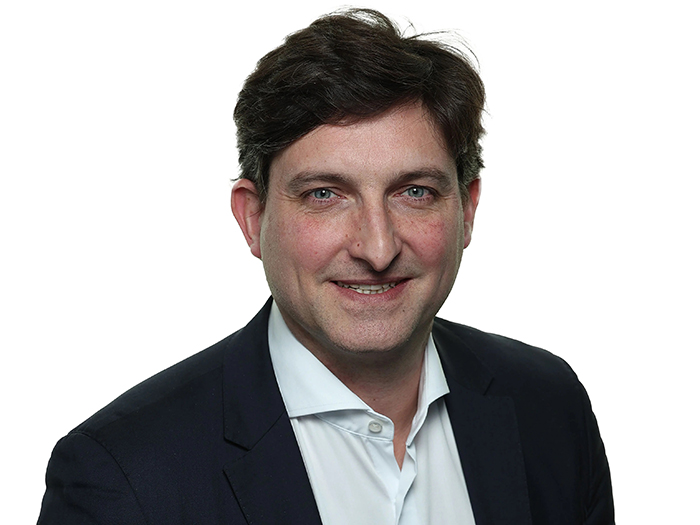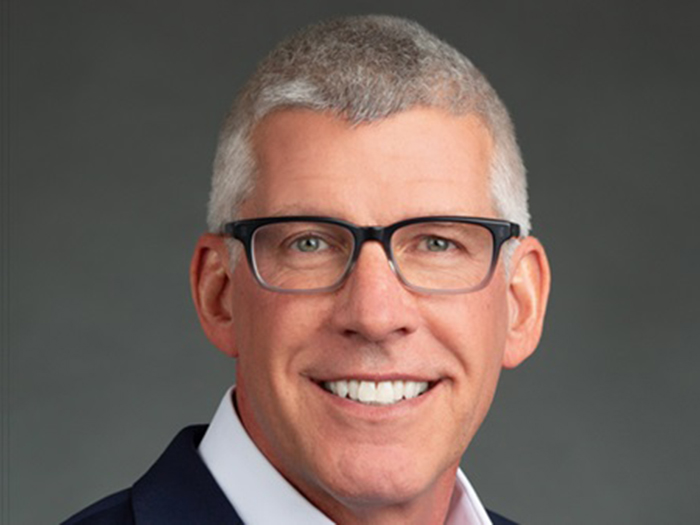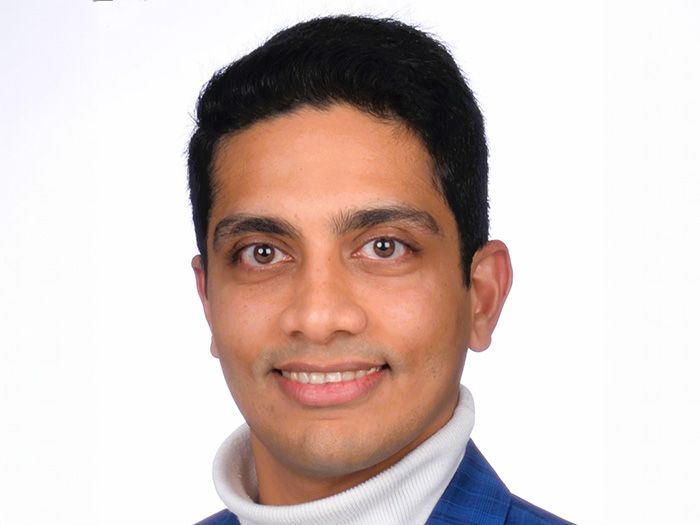Here’s Why Catastrophic Injury Recovery Requires a 360-Degree Approach to Case Management
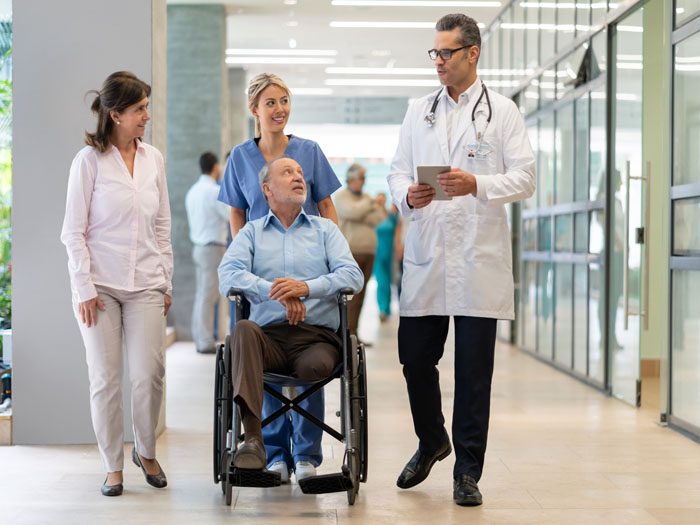
Any time a catastrophic injury occurs, one question remains paramount over the rest: Can the injured worker be returned to the quality of life they held pre-injury?
Even if the answer is presumed to be yes, mapping out a recovery plan is no longer a one-and-done deal for case managers.
Following a traumatic injury, there is a high chance that behavioral health issues will emerge during the recovery process. Focusing on mental rehabilitation is just as important as physical recovery when projecting overall outcomes and patient plans.
“Twenty years ago, the workers’ compensation industry didn’t focus on mental health, although it’s an area that Paradigm has championed since our inception nearly 30 years ago. Now, it’s finally being recognized as a fundamental driver of outcomes,” said Kevin Turner, chief executive officer, Paradigm Catastrophic Care Management division.
At the 2019 National Workers’ Compensation and Disability Conference® and Expo, Paradigm introduced its newest outcomes-based platform. The EDDG platform (Expert-Driven, Data-Guided) uses proprietary case management data to inform its approach to treating catastrophically injured workers.
“Our team’s responsibility is to gather information about the family and guide them to what to expect next,” said Turner.
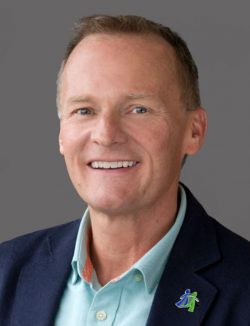
Kevin Turner, chief executive officer, Paradigm Catastrophic Care Management
When injury occurs, recovery and rehabilitation impact the worker’s family just as much as it impacts their job and ability to work. The way a spouse or a child interacts with their loved one, especially after a catastrophic injury, will affect recovery.
Paradigm’s new platform aims to understand and better manage that psychosocial element.
“Before we would look at things such as the age of the kids. Now we look at it and say, ‘Okay this is the age of the kids. Do they have any issues?’ And we want to codify that.”
Searching Beneath the Surface
While the popularity of a holistic approach in health care has catalyzed over the last two decades, Turner notes that assessment of biopsychosocial factors should not end where the patient’s diagnosis does.
The health and recovery of a patient often relies heavily on the state and well-being of their loved ones, even if that is not evident on the surface.
“We must recognize the children and spouse whose loved one went to work that morning and has now suddenly suffered a catastrophic injury, rendering them severely and permanently impaired. You must quickly and proactively provide emotional support to help process and manage what has happened,” said Turner.
“This should occur both initially in the acute hospital setting as well as on an ongoing basis when the injured family member transitions to their home. Throughout the recovery process, we must pay as much attention to the behavioral side as we do to the treatment and management of physical injuries.”
From a case management perspective, advocating for the recovery of an injured worker also means supporting the people in their community and inner circle who placed pride and reliance on the worker pre-trauma.
According to Turner, overlooked biopsychosocial issues, such as marital tension or parenting a child with a disability, have the potential to increase patient recovery time three-fold.
“If you don’t anticipate, identify, and solve for these issues, you’re allowing barriers to remain in place that will hinder recovery; and that’s not ideal for any of the parties involved.”
The Eighth Body System
In workers’ comp, catastrophic injuries can include everything from spinal cord injuries, acute brain injuries and severe burns, to whole-limb or primary-limb amputations and multiple traumas.
In Paradigm’s world, when assessing an injury, all the major body systems such as musculoskeletal, neurologic, metabolic, cardiovascular, and integumentary (skin) are thoroughly addressed.
But according to Turner, industry standards leave out an important system assessment: the patient’s biopsychosocial factors.
“You can manage the physical piece as best you can with medical technology, but if you don’t solve for the psychosocial piece, you’re not addressing the whole person, which is crucial to achieving the best outcomes.”
In terms of workers’ compensation, addressing an injured workers’ biopsychosocial status is a holistic approach that means looking into their community, relationships, habits and overall mental health.
This model has been gaining track in the workers’ comp industry as more and more employers advocate for their workers’ health and well-being.
With the new EDDG platform in place, Paradigm plans to take this care model one step even further by addressing the social circle of injured workers.
Because catastrophic cases require such a wide range of data on few, expensive cases, EDDG is a way to better predict outcomes and create care in a way that saves time, anguish and money.
“A holistic approach has been core to our approach for decades, and we believe it can be transformative to the workers’ comp industry overall, even if it’s happening slowly,” said Turner.
“A more sophisticated insurer or employer knows that you have to take care of the whole person.” &





